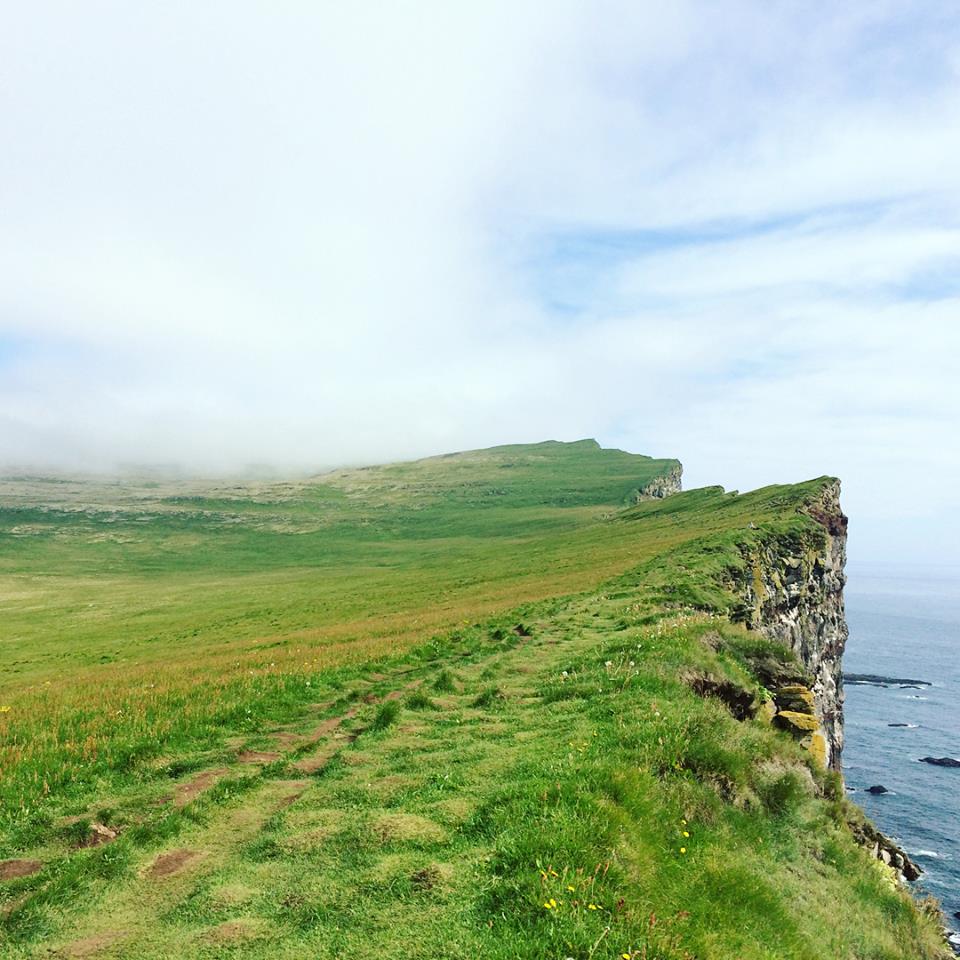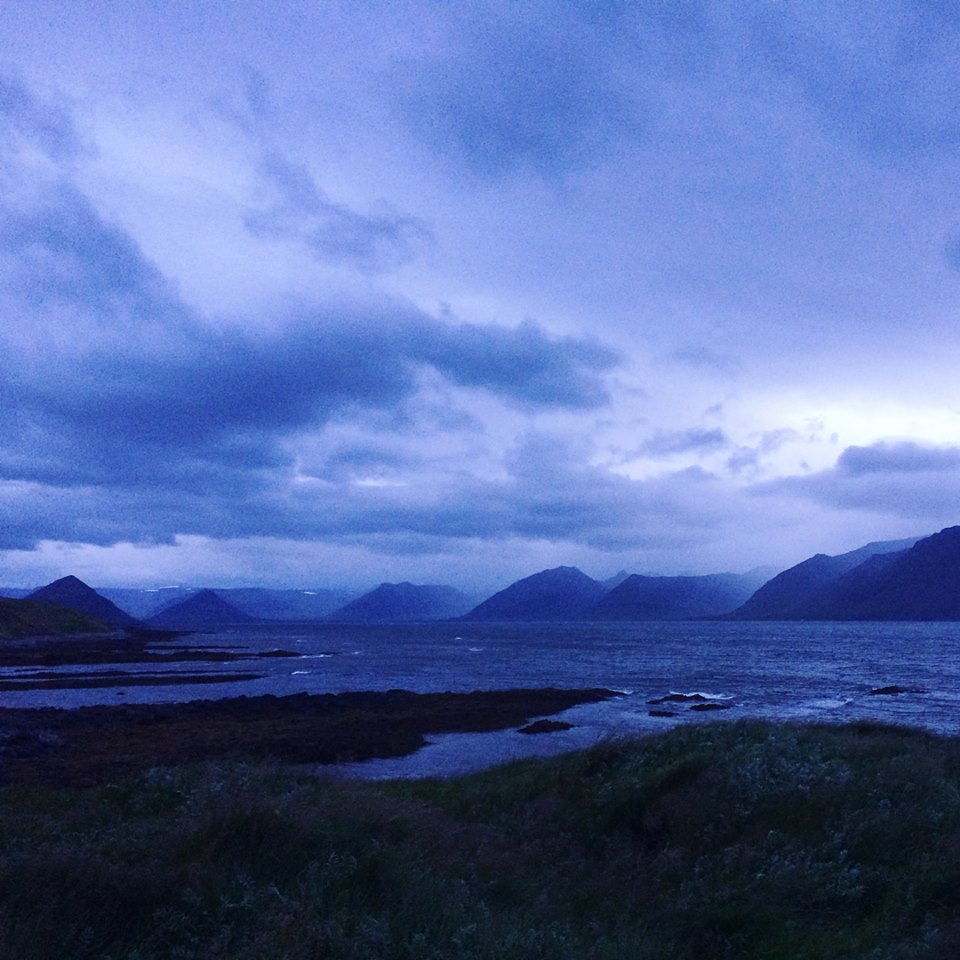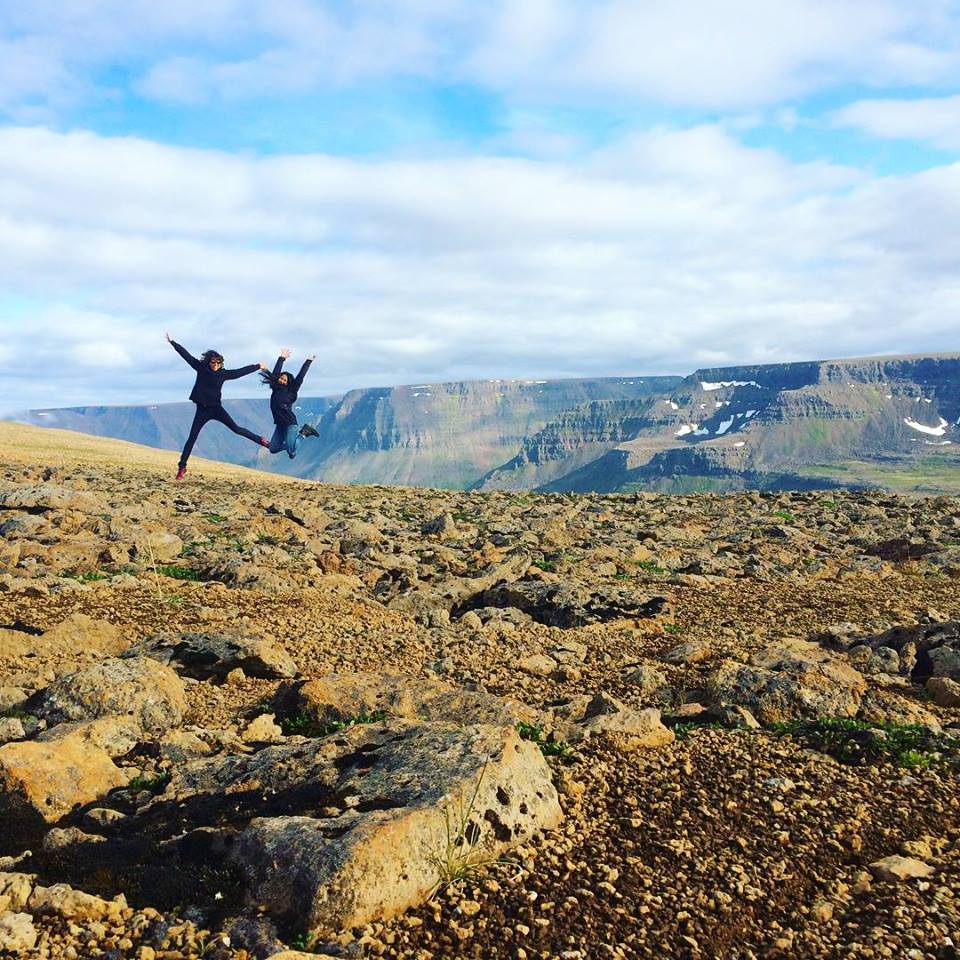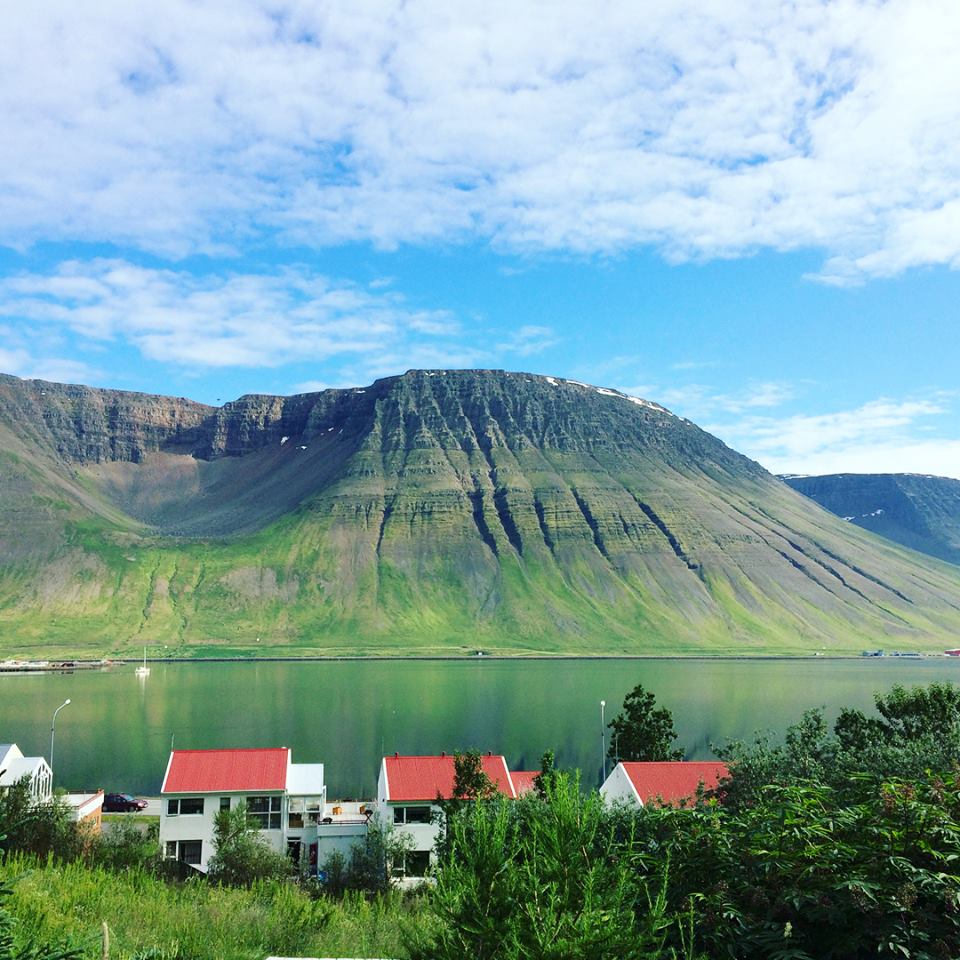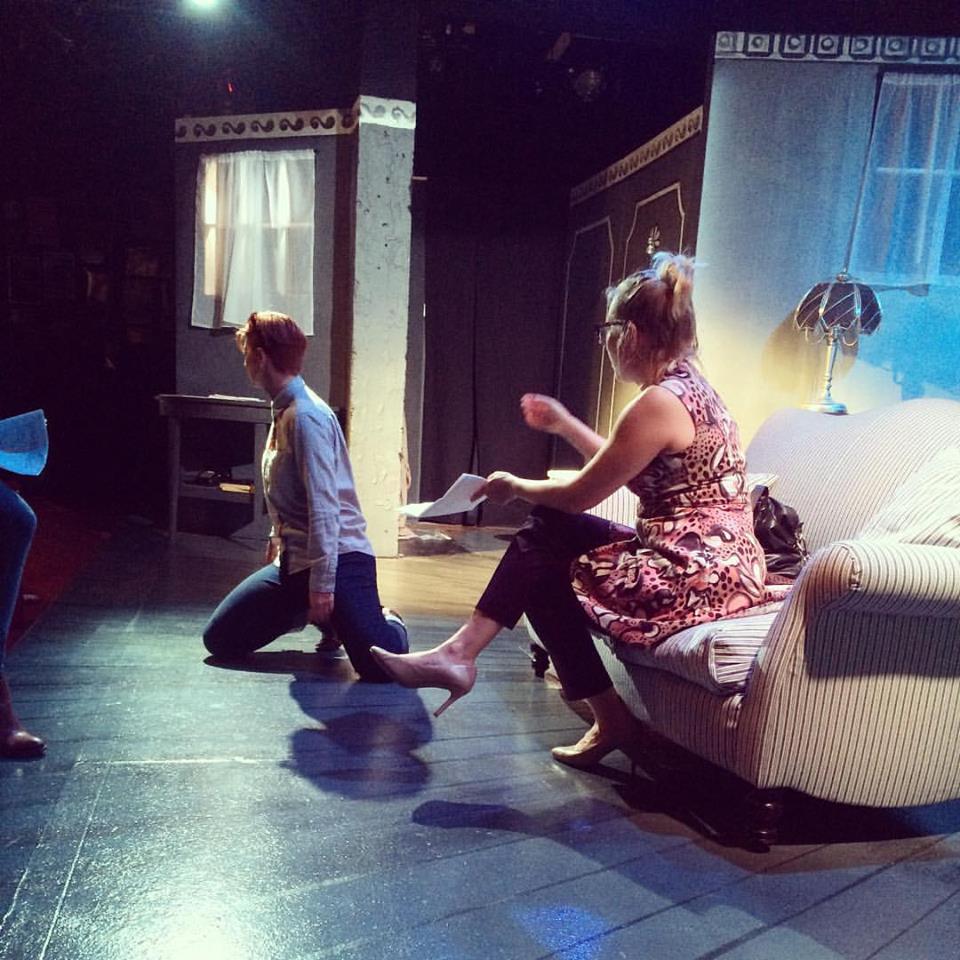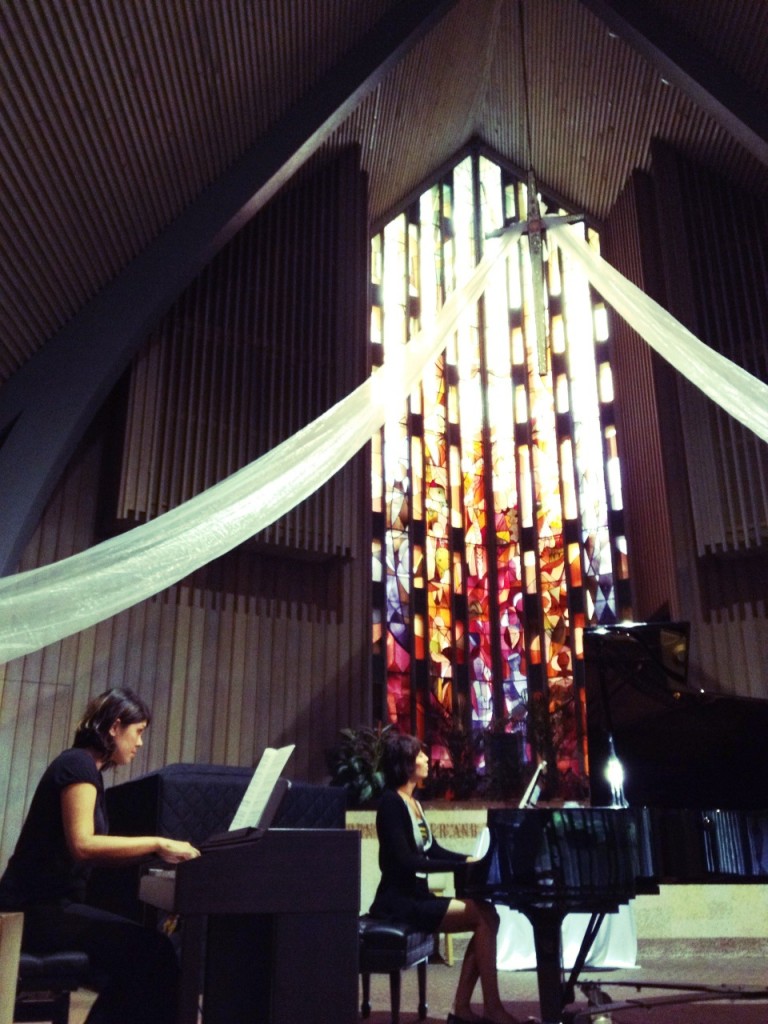How do you find the notes on the staff? The treble clef and bass clef are two symbols commonly found at the beginning of every piece of music (written for piano). It is important to know these clefs as they tell you where your pitches are. And the names of notes on the lines and spaces change according to which clef is placed before them. Once you learn the treble and bass clefs, F line, G Line, and Middle C Line you can find any note on the staff!
Category Archives: blog
Beginning Piano Lessons: Naming the Black Keys
In this lesson I will teach you how to find the names of the black keys on the piano.
In my previous video I covered the names of the white keys. You will need to know them as the names of the black keys are based off of the white keys.
When musicians talk about the notes A, B, C, D, E, F, and G, they are referring to the natural notes or the white keys on the keyboard. Notes can be altered with the use of accidentals, which are known as sharps and flats. Accidentals are used to raise or lower the pitch of a tone.
Think of the black keys as having nicknames. Each black key has two names: it’s sharp name and its flat name depending on if we had to raise or lower the closest white key to get there.
A Sharp is a symbol that tells us to raise that note by a half step. A half step is the smallest step we can take on the piano going up or down.
If we take Middle C and raise it by a half step we get to this black key, which is known as C#. If we find D and go up a half step, we get to the black key known as D#. If we find F and go up a half step we arrive at F#, etc.
A Flat is a symbol that tells us to lower a note by a half step. If we take D and lower it a half step, we come to Db. If we find E and lower it a half step we arrive at Eb. If we find B and lower it a half step we arrive at Bb, etc.
Sometimes, you will run into a white key who’s nickname or enharmonic name is a sharp or flat name depending on how it is written. An example of this is Cb. Cb is actually B natural. Another example is E#. If we raise E by a half step, we get to the note F, which is sometimes written as E#. White notes written as sharp or flat notes show up depending on what scale you are playing in.
Now that you know how to name the sharp and flat name for each black keys, let’s practice naming enharmonic notes. When a black key has a sharp and flat name that are written differently but are actually the same note on the piano, they are called, enharmonic notes. C# and Db are enharmonic notes because they are written or spelled differently but are actually the same exact note on the piano.
Homework:
1) Pick a random black key and name it’s sharp name and flat name.
2) Find all the Sharp keys: A#, B#, C#, D#, E#, F#, and G#
3) Find all the Flat keys: Ab, Bb, Cb, Db, Eb, Fb, and Gb
Beginning Piano Lessons: The Piano Key Names
In this lesson I will teach you about the names of the white keys on the piano.
Before we get into that, let’s talk briefly about the tuning system of the piano. This system is called “equal temperament” and its when an octave (like from one C to the next higher C) is divided it into 12 equal parts, making 12 evenly spaced pitches. This includes both white and black keys. The octaves on a piano are the only in-tune interval, while everything else is a little out of tune. The interval of a fifth is slightly flat, and the major thirds are slightly sharp.
Equal temperament allows us to play in any key and have everything sound proportionally the same. The drawback is that the intervals between the notes are not perfectly in tune but most normal people cannot tell the difference.
Pitch in music refers to the highness or lowness of a sound. When we go to the left on the piano, pitches go lower, and the frequency is smaller. When we go to the right, pitches on the piano go higher and they increase in frequency. Lower is to the left, higher is to the right. On my piano, which is a Concert Grand with 88 keys, I have 88 different pitches, which are arranged in a pattern of 12 notes—equally spaced—that repeat over and over again.
Pitches are named using the first 7 letters of the alphabet: A, B, C, D, E, F, G which are the names of the 7 white keys on the keyboard.
Let’s look at keys: Black keys are arranged in groups of 2 and groups of 3. This helps identify the names of the white keys. If there were no black keys it would be impossible to know where you are on the piano.
The easiest note to find is Middle C. Locate the middle of your piano usually where the brand of piano is located. Find a group of two black keys and go down one half step from the left black key. This note is Middle C.
Let’s find all the C’s on the piano. All C’s look alike and there are 8 C’s total on an 88-key piano.
Which white key is one step lower than C ? What is one step before C in the music alphabet? B. Let’s find all the B’s on the piano
From C, we can find any other note on the piano.
Are there any shortcuts? Not really. In the end, you just have to keep practicing them until they are memorized.
Homework:
1) Find all A’s on piano, B’s, C’s, D’s, E’s, ‘s, G’s. It can help you memorize the notes if you say them out loud.
2) Name the notes in an octave going from A to A, B, to B, C to C, etc. Then try it backwards.
3) Start at lowest note on the piano and name all notes one by one going up and down
4) pick random notes and name them. Sometimes it’s easier of someone can randomly pick a note for you.
I was in Finland & Iceland for the last 2 months
Over the summer, I traveled to Finland with a couple of friends for the Savonlinna Opera Festival, which was incredible. For the Finns, music is as important as eating, drinking, and going to the sauna. Basically music is a BIG deal there. More operas are premiered in Finland than any other country in the world. House concerts were common and the musicians were the best I’ve heard.
The photo below was taken at the Gulf of Bothnia around 11pm. We were above the Arctic Circle so the sun set only for a few hours before rising again. It was like this my entire trip!
The second part of my trip was in Isafjordur, Iceland where I stayed for a composer residency where I worked on my opera. I got to spend all day at the piano at the music school. It was unbelievable how I could concentrate so deeply. There was no static like there is here in the USA (so many wifi signals destroying brain cells). In Iceland I had limited access to wifi and internet, which helped me be fully immersed in composing. There was also 23 hours of daylight. I found that I did not need much sleep. I would go to bed between 2am-4am and wake up feeling refreshed and ready to begin my day. I did this for several weeks and never felt burnt out. It was vacation. I felt I was able to access a deeper realm of consciousness there, that I have not been able to access in everyday life. It was definitely an experience I will never forget. So many beautiful memories and beautiful sightings were experienced. There is nothing else quite like Iceland.
48-Hour Opera Theatre Festival
World Premiere of Symphony No. 1 by Awesome Orchestra
Awesome Orchestra performed Symphony No. 1 for two pianos and orchestra March 5, 2017 at the Berkeley Sports Basement. This piece originally began as a two piano piece that morphed into a symphony. I had been working on this piece for nearly eight months. The performance of It was one of the most exhilarating moments I’ve experienced thus far…
So I auditioned for M83 a few weeks ago…
Game Developers Conference ! GDC 2016
Game Sound Con 2014
Whew !!! Me + Brett finished our Documentary ! It’s a Behind the Scenes Making of our Interactive Game we showed at Game Sound Con 2014. Our next stop is Game Developers Conference – GDC in San Francisco in March 2015 ! This documentary walks you through the process of an Interactive Game Brett + I created, which we showed off at Game Sound Con 2014. Brett designed the interactive audio game/engine. I composed all the music. Brandon Hanson did the metal guitars for the epic Battle Scene. The interactive game has a puzzle and an epic battle scene that uses an adaptive music engine that uses Wii hardware (4 Wiimotes + Balance Boards).
Click Here to watch our Documentary
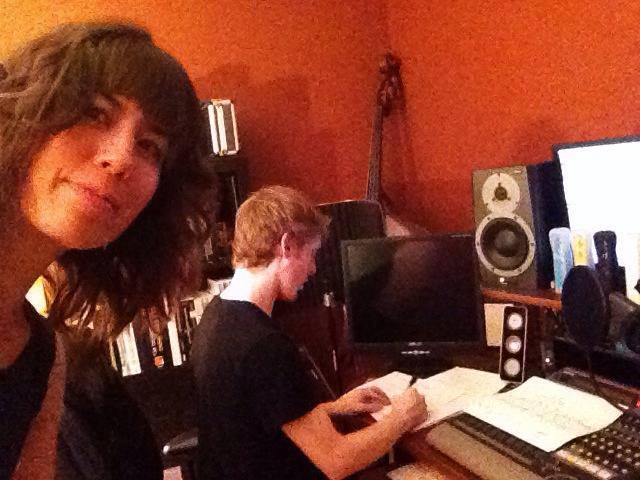

Rachmaninoff 2nd Piano Concerto (for 2 Pianos)
The other night my friend Naomi Stine and I performed the 2nd piano concerto at this gorgeous church near Twin Peaks in San Francisco. One of the reasons i decided to learn this concerto was because it spoke to the “Venusian” part of me so clearly. For the past 8 years I had played the 3rd Concerto, which is the masculine, demanding, and most vigorous of Rachmaninoff’s 4 concerti. The 2nd Concerto was more sensitive, feminine, and Venusian. There was a deep, lasting beauty to it that was elegantly sewn into the notes and motion…almost like the notes were water droplets forming waves…and the two piano parts would weave in and out…kind of like waves that push and pull on the beach. There was such a fluidity and sacred dance between the two parts. I will need to marinate in this piece for a while to really absorb all its nutrients on a deep soul level,

